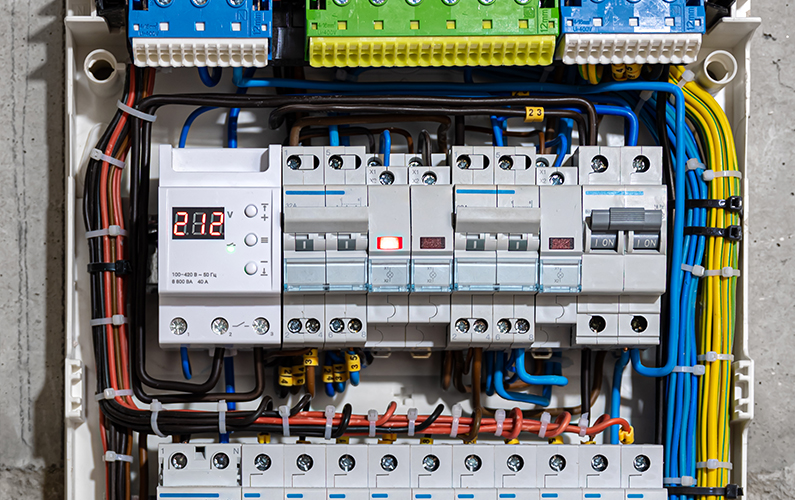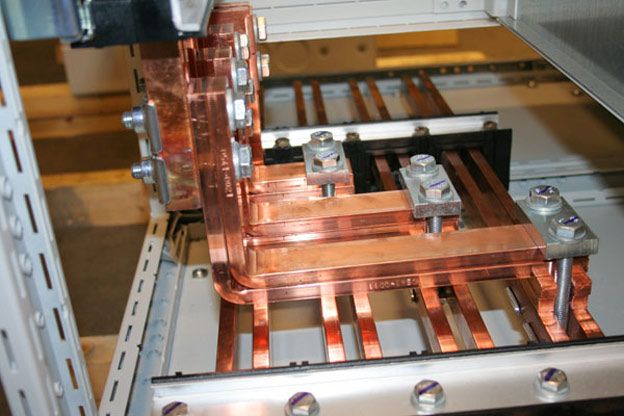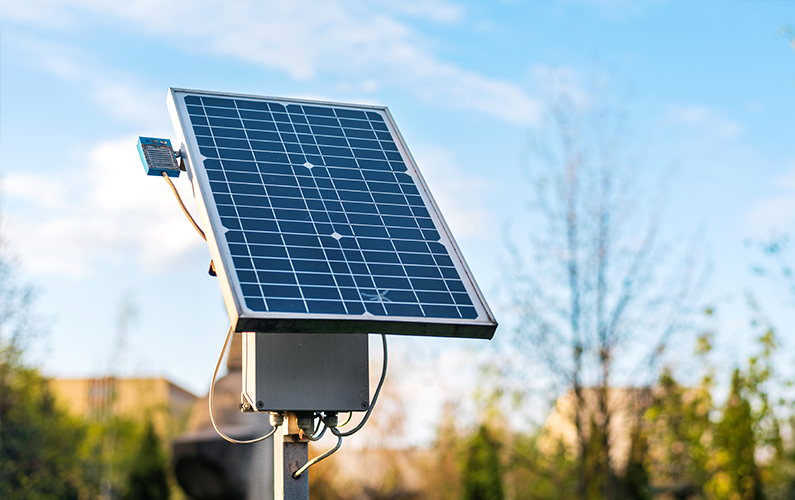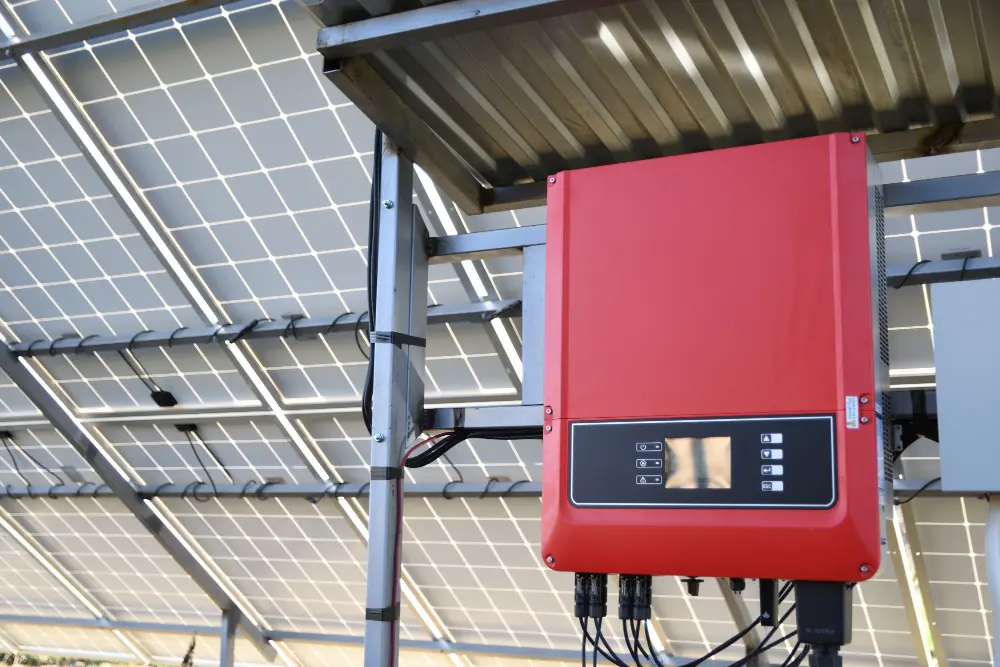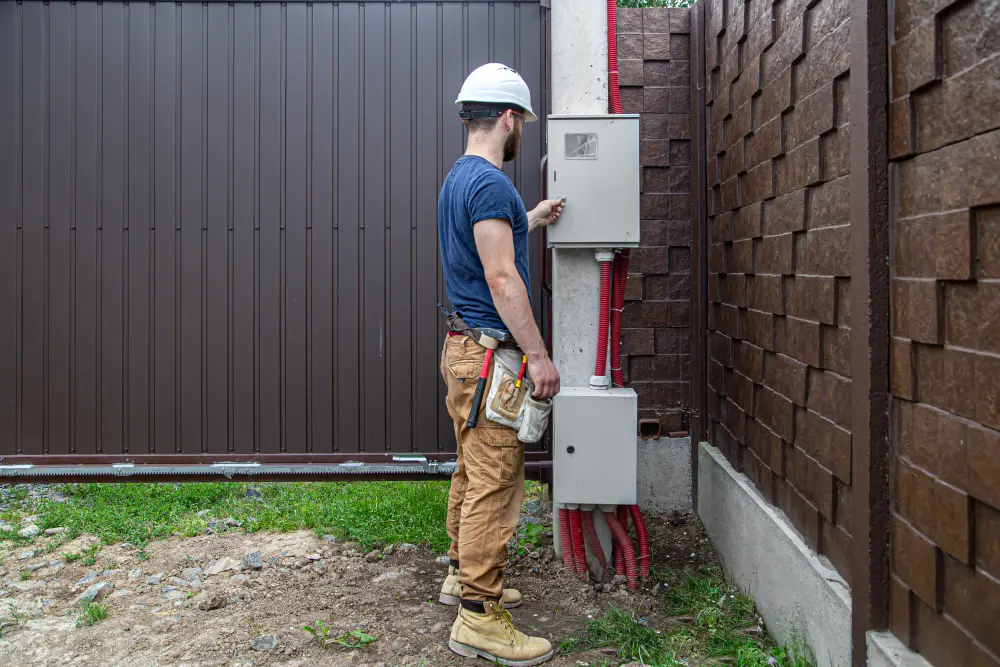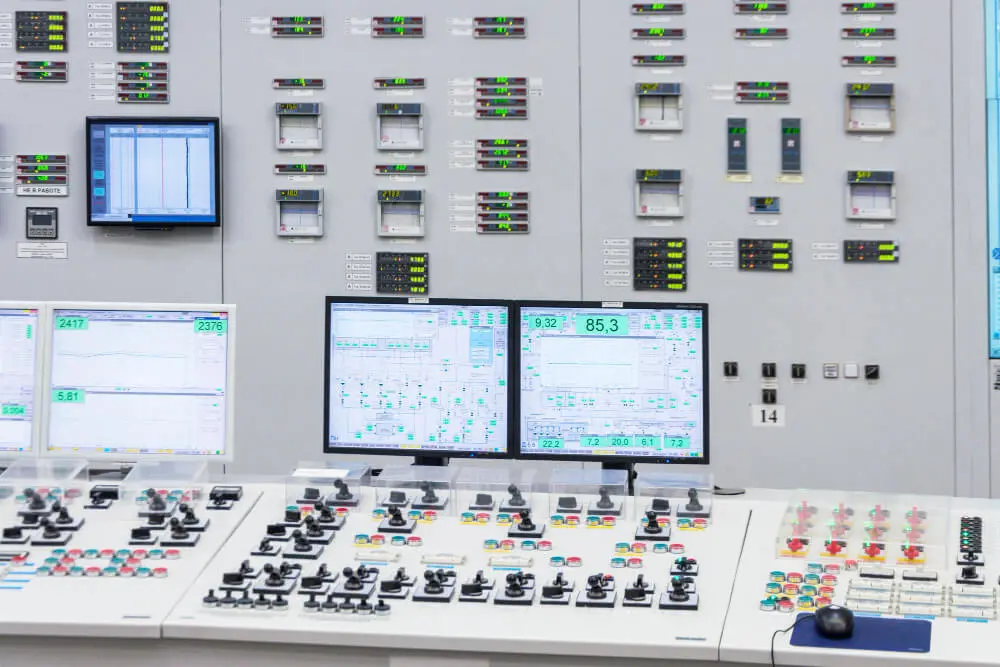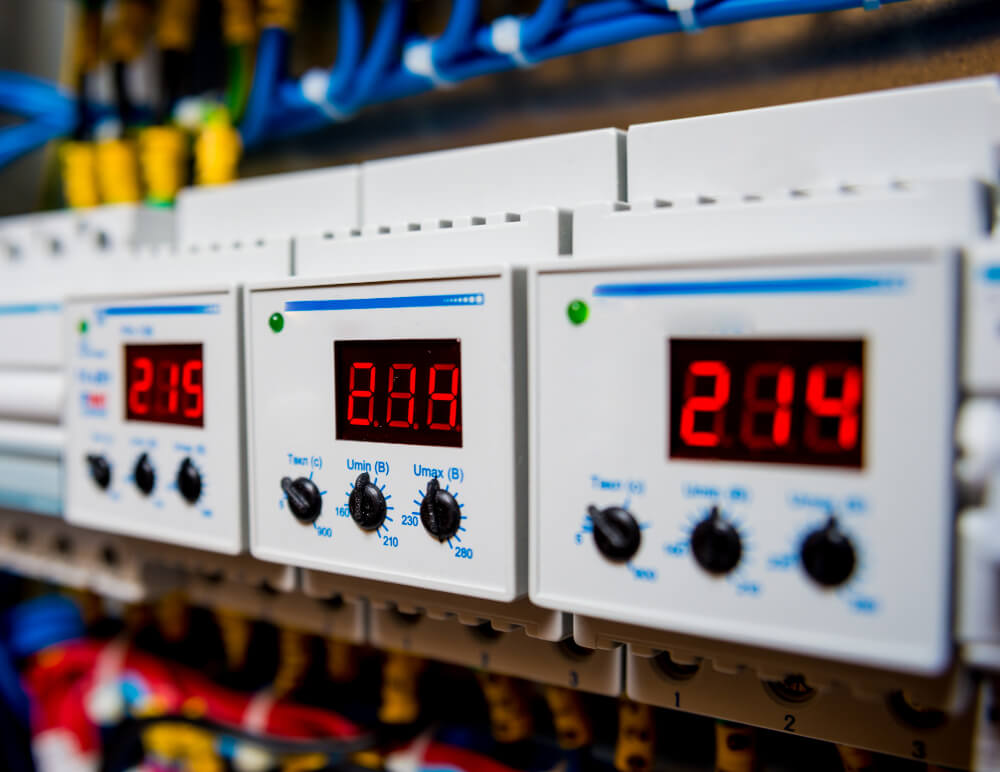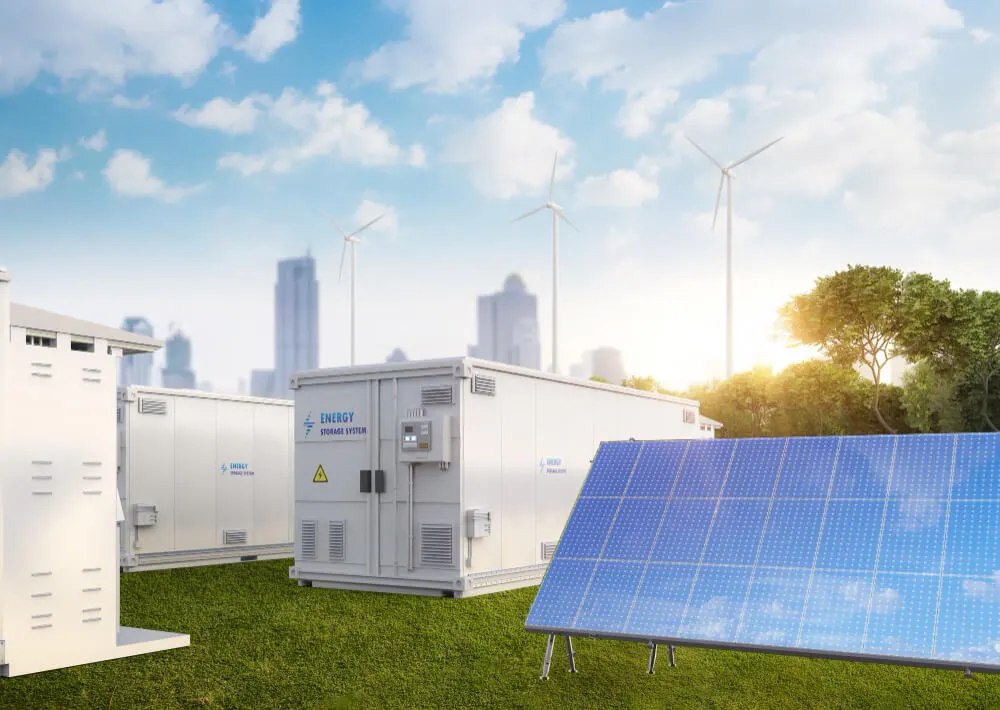Is a Copper Busbar Better Than Aluminum?
17th Aug 2024
When assembling electrical control panels, switchgear, and industrial power distribution systems, the busbar is a critical backbone carrying large currents within tight tolerances. For this core application, spec’ing the right busbar material matters greatly. Copper has long been the industry standard, but is aluminum gaining ground as a lower-cost alternative? Aluminum Busbar vs Copper Busbar – Key Differences Let’s examine the pros and cons of different types of busbars. Electrical Conductivity On a fundamental level, copper has an edge due to its higher conductivity compared to aluminum. As current density rises in busbars, resistance heating becomes more problematic – and copper generates less waste energy through I2R losses. For applications involving frequent overload conditions or variable load profiles, copper’s superior heat dissipation maintains cooler operating temperatures that prolong component life. However, enhanced aluminum alloys have narrowed the gap, bringing conductivity about halfway between aluminum and copper. Mechanical Durability Copper also endures mechanical stresses like vibration and thermal cycling better than softer aluminum over the long haul. Its work-hardening characteristics generate a protective oxide patina providing self-healing corrosion resistance indoors. But modern alloys give aluminum overlapping outdoor durability when properly treated and welded. Material Cost Analysis While copper outperforms electrically and mechanically, aluminum has a compelling attribute – cost. On a pound-for-pound basis, high-purity aluminum sells for approximately one-third less than copper. Considering multi-ton bus systems, savings stack up fast when downsizing materials. However, a true value assessment should factor for total cost of ownership over the years. Copper’s reliability may allow longer service periods before […]
Read More : +86-139 0587 7291
: +86-139 0587 7291 English
English Español
Español Русский
Русский Français
Français العربية
العربية Português do Brasil
Português do Brasil Українська
Українська Türkçe
Türkçe Polski
Polski Nederlands
Nederlands Italiano
Italiano Bahasa Indonesia
Bahasa Indonesia हिन्दी
हिन्दी اردو
اردو አማርኛ
አማርኛ Հայերեն
Հայերեն ไทย
ไทย Монгол
Монгол فارسی
فارسی Shqip
Shqip Ελληνικά
Ελληνικά

